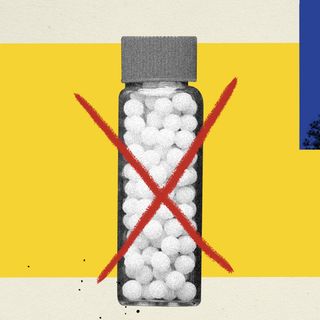Since the Covid19 pandemic began, online watchdog groups have continuously cautioned against, and then confirmed an uptick of, online child abuse. Because of lockdowns that isolated families in their homes and considerably increased Internet time for children, experts say online sexual exploitation has become rampant, with predators becoming more active on gaming websites and social media.
One major way in which this happens is grooming, according to the Internet Watch Foundation (IWF), a global online watchdog that records instances of child abuse on the Internet. Grooming is a predatory practice in which adults manipulate children — in this case through webcams, live streaming, and chats — over a period of time, to prepare them for sexual abuse later. An increase in grooming in the pandemic, IWF tells The Guardian, has led to an increasing number of child sexual abuse images (44% of all images in the first six months of 2020) taken and uploaded by the victims themselves. It’s a growing trend, up from 29% in 2019, IWF adds.
“In recent years we have seen a really big increase in what we call ‘self-generated content,’ which is where there may not be an adult present in the images,” technical projects manager at IWF, Sarah Smith, tells The Guardian. “It could take place on a social media platform where children are present and offenders are grooming and coercing them into sexual activity. That is then made into a permanent image.”
Grooming, as a precursor to outright sexual abuse, is difficult to identify, particularly for children and especially online. Grooming can look like caring behavior and involve gifts or attention, which then progresses to exposing the child to sexually explicit images without their consent. Grooming can then graduate to controlling or threatening the child to acquiesce to image requests while instilling a fear in them that prevents them from reporting the behavior. Online, sexual predators often pose as children themselves, making up stories to garner sympathy and trust, until they establish a relationship strong enough to manipulate the children into sharing sexually explicit photos of themselves. They can also pose as authority figures, mentors, a sympathetic ear, or a friend. Once accomplished, the predators can then use blackmail to keep the channel of communication and abuse open.
Related on The Swaddle:
Shame, Family Secrecy Lead to Mishandling of Child Sexual Abuse
“It’s typically girls in their bedroom or bathroom,” an IWF image analyst tells The Guardian. “This is a family home setting, and quite often their parents or carers are downstairs. As parents, you think your children are safe at home, but if they are in their bedrooms on laptops or phones, they may be at risk of being abused. It’s not the parents’ fault, but they need to be aware.”
Grooming harms children, sometimes for life. Research shows grooming, especially when done over a long period of time, desensitizes children to boundary violations and leads them to accept such manipulation as normal. This impairs their ability to identify and stand up to abusive situations in the future. Grooming can also cause children to feel severe shame or guilt for enjoying certain affirmative aspects of grooming, ultimately making them question their own moral character, judgment, and responsibility in the situation. “Victims’ own experience of grooming makes it more likely that they will blame themselves for the offense and thus be fearful of personal consequences, see the offender as the ‘victim’ and want to protect him or her, … and believe the offender that no one will be there to believe and protect them,” according to a 2019 study published in the Journal of Child Sexual Abuse. Grooming, of course, also paves the way for child sexual abuse, which we know can cause “depression, anxiety, psychopathology, dissociation, post-traumatic stress responses, substance abuse, sexual dysfunction, physical ailments, somatization, lower socioeconomic status, and interpersonal difficulties,” throughout the child’s lifetime, the study adds.
Grooming, because of its non-physical, subtly coercive nature, often escapes legislation that tackles child sexual abuse and is not a chargeable offense. In India, The Protection of Children from Sexual Offences Act, 2012, (POCSO) does indirectly acknowledge grooming under a section that tackles sexual harassment done by “a person who entices a child for pornographic purposes or gratification, with sexual intent.” But India, like several countries around the world, needs to recognize and define grooming as a separate, pervasive phenomenon, so as to explore its vast scope, and therefore the severe danger it poses.
For now, the onus of removing self-generated content that arises out of grooming falls on the individual tech platforms on which these images are typically shared: Discord, YouTube, Tik Tok, Facebook, and others. But to truly tackle grooming — a practice that often alienates children from their caregivers and isolates them within the internet — tech platforms and governments would need to rethink the joining age for most social media platforms, and who users under the age of 18 are able to interact with. It will also require speaking to children about their internet use, and strengthen their ability to recognize online predators, and put a stop to suspect communication, either by themselves or by seeking help from adults they trust. Tech platforms also need to strengthen how they identify and penalize sexual predators, so as to limit the access they have to unsuspecting children on these platforms. For now, tackling grooming often only takes the form of removing sexually explicit images of children online, without engaging with any preventative measures. Change needs to happen at a higher policy level to prevent this problem from getting out of hand more than it already has.




